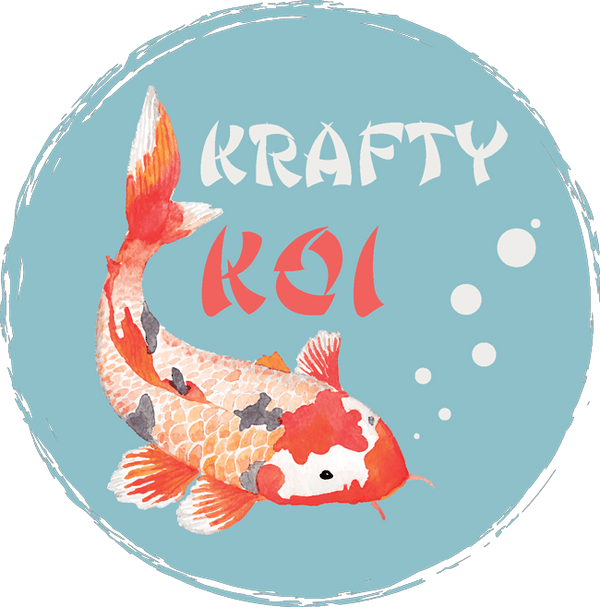A good diet will ensure that your Koi thrive and it is important to neither over or under feed your stock. Choose a good quality Koi food and remember that your feeding regime will be largely dictated by the temperature of the water. Koi's metabolisms slow down considerably in low temperatures and so they require less food in the winter months and sometimes will not need feeding at all.
Temperature Ranges
Water Over 30° C
Koi can lose their appetite when the water reaches a temperature in excess of 30° C. Feed Koi no more than twice each day when the water temperature is this high. Provide easily digestible Koi food such as wheatgerm and try to reduce the water temperature by shading the pond. Baby Koi's eating habits are less affected by high temperatures.
Water 20° C to 30° C
Koi are at their most active in this temperature range and so you can feed them two to four times each day with their usual feed or with feeds formulated for colour enhancement and growth. You can feed more often if you provide smaller amounts at each serving.
Water 15° C to 19° C
Your Koi's digestive systems will start to slow down at these temperatures. You should monitor their activity levels and reduce the volume of food that you provide accordingly. It is best to feed at the warmest time of the day. You will need to feed your stock only once or twice each day.
Water 10° C to 14°C
It could be time to switch to easily digestible winter feeds which are principally made up of wheatgerm. Feed no more than twice each day and don't feed your fish unless they seem keen to eat. You can test their appetites by sprinkling just a little food onto to the water.
Water 5° C to 9° C
Feed only two to three times weakly and only provide winter food. Feed if your Koi are active and in quantities that are consumed in one minute.
Water Below 5° C
Your fish should now be hibernating and will not require feeding.
General Guidance
Always strictly control the amount of food that you offer. Only feed an amount which is consumed within two minutes. If you have leftover food after this time you are overfeeding. Any leftover food should be removed immediately so that it does not rot and then pollute the pond. If there are any sudden changes in the pond environment such as a drop in temperature or fish start becoming ill you should stop feeding or at least reduce the volume of feed until any issues have been resolved. If you have stopped feeding in the winter then when the water begins to warm up in the spring, reintroduce food gradually. Start with winter foods and then introduce your Koi's staple diet. Always err on the side of under rather than over feeding if you wish to maintain a healthy environment in the pond. Try to stick to Koi food rather than human food as this is formulated to provide the correct nutrition for your stock.
